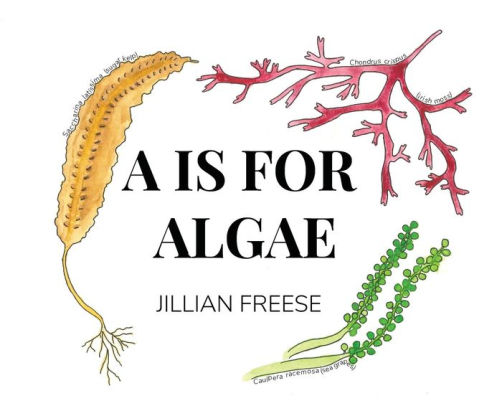One of the strengths of the volvocine algae as a model system is that they span a range of sizes and degrees of complexity. Sizes range from tens of microns to a couple of millimeters, cell numbers range from one to 50,000 or so, some species do and some don’t have cellular differentiation, and some do and some don’t undergo inversion during development. This variation makes the volvocine algae ripe for comparative analyses, which I and many others have done. It also allows many of the intermediate steps between unicellular and complex multicellular life to be identified, as David Kirk did in his “twelve-step” paper.
The volvocine algae have clearly taken some of those steps more than once. Cellular differentiation, for example, has evolved at least three times, in the genus Astrephomene, in the so-called Volvox section Volvox (a.k.a. Euvolvox), and in the lineage that includes Pleodorina and the other Volvox species. One thing they seem to have only done once, though, is to evolve multicellularity itself.
There have been dozens of studies addressing the evolutionary relationships among various species of volvocine algae. Most have been from Hisayoshi Nozaki’s lab, though I and many others have weighed in as well. Nearly all of them, at least those that address the topic, agree that the three families that make up the multicellular volvocine algae–the Tetrabaenaceae, Goniaceae, and Volvocaceae–uniquely descend from a common ancestor. In other words, the multicellular volvocine algae are monophyletic.
Three important cladistic terms are used to summarize the evolutionary relationships among a group of species. If all of the members of the group descend from a common ancestor, and nothing else descends from that ancestor, the group is called monophyletic. Mammals, for example, are monophyletic. A monophyletic group is also called a clade. If all group members are descended from a common ancestor, but so are some non-group members, the group is called paraphyletic. Reptiles, for example, are paraphyletic, because there is no clade that includes all reptiles that doesn’t also include birds. The word ‘paraphyletic’ should nearly always be followed by ‘with respect to’: reptiles are paraphyletic with respect to birds.
The bottom of the barrel, in terms of evolutionary relationships, is polyphyly. A group is considered polyphyletic if its members don’t share a recent common ancestor at all, in other words, if they have multiple evolutionary origins. Flying animals are polyphyletic. Algae are polyphyletic. The genus Volvox is polyphyletic. Polyphyletic taxa are the scum of the phylogenetic Earth. Telling a taxonomist that a group she has named is polyphyletic is a deadly insult.
The prevailing view of volvocine evolutionary relationships is that the family Volvocaceae is sister to the Goniaceae (that is, each is the other’s closest relative), and the Tetrabaenaceae are sister to the Volvocaceae + Goniaceae. Two new papers infer relationships among volvocine algae and their unicellular relatives, and one of them challenges the view of multicellular monophyly.







